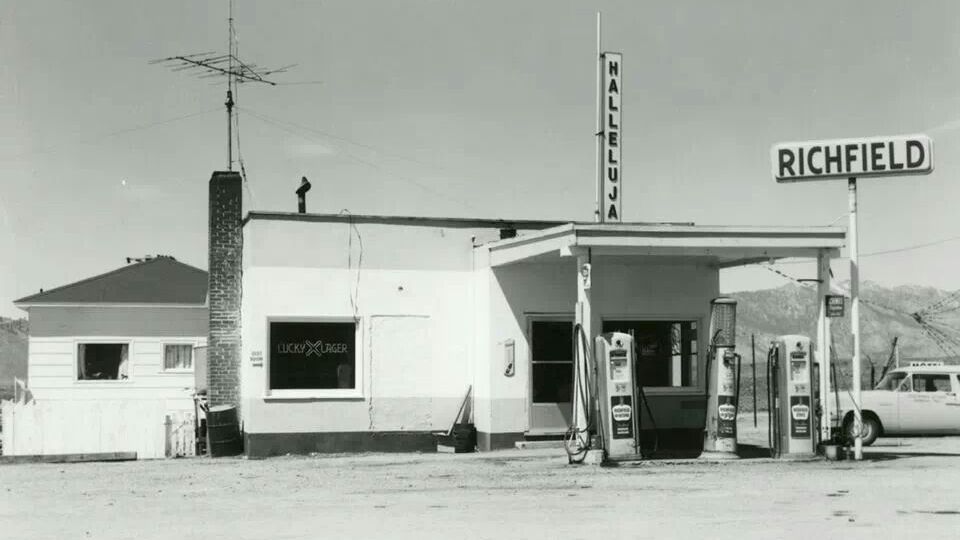“Hallelujah Junction is a small truck stop on Highway 49 in the High Sierras on the California-Nevada border near where I have a small cabin,” explains American composer John Adams. “One can only speculate on its beginnings in the era of prospectors and Gold Rush speculators (although a recent visit revealed that cappuccino is now available there).”
For Adams, Hallelujah Junction was “a great title looking for a piece.” Scored for two “dueling pianos,” the deliriously energetic three-movement work was composed in 1996. Short, interlocking motifs are tossed back and forth between the pianos in tightly phased sequences to form an interlocking “junction.” The composer used a similar technique in his 1982 Grand Pianola Music. There are nods to the repeating patterns and irrepressible pulse of Steve Reich’s early Minimalism.
Rhythmically, the music grows out of the Hebrew word, “hallelujah,” a joyful affirmation of praise. Adams writes,
The first section begins with a short, exclamatory three-note figure which I think of as “-lelujah” (without the opening “Hal-“). This energized, bright gesture grows in length and breadth and eventually gives way to a long, multifaceted “groove” section.
A second, more relaxed part is more reflective and is characterized by waves of triplet chord clusters ascending out of the lowest ranges of the keyboard and cresting at their peak like breakers on a beach.A short transitional passage uses tightly interlocking phase patterns to move the music into a more active ambience and sets up the final part. In this finale, the “hallelujah chorus” kicks in at full tilt. The ghost of Conlon Nancarrow goes head to head with a Nevada cathouse pianola…The final moments of Hallelujah Junction revel in the full onomatopoeic possibilities of the title. We get the full four-syllables—the “Hallelujah”—as well as the “junction” of the by-now crazed pianists, both of them very likely in extremis of full-tilt boogie.
This performance features pianists Nicolas Hodges and Rolf Hind:
I. First Movement:
II. Second Movement:
III. Third Movement:
Recordings
- Adams: Hallelujah Junction, Nicolas Hodges, Rolf Hind Amazon
Featured Image: Hallelujah Junction in the 1940s

